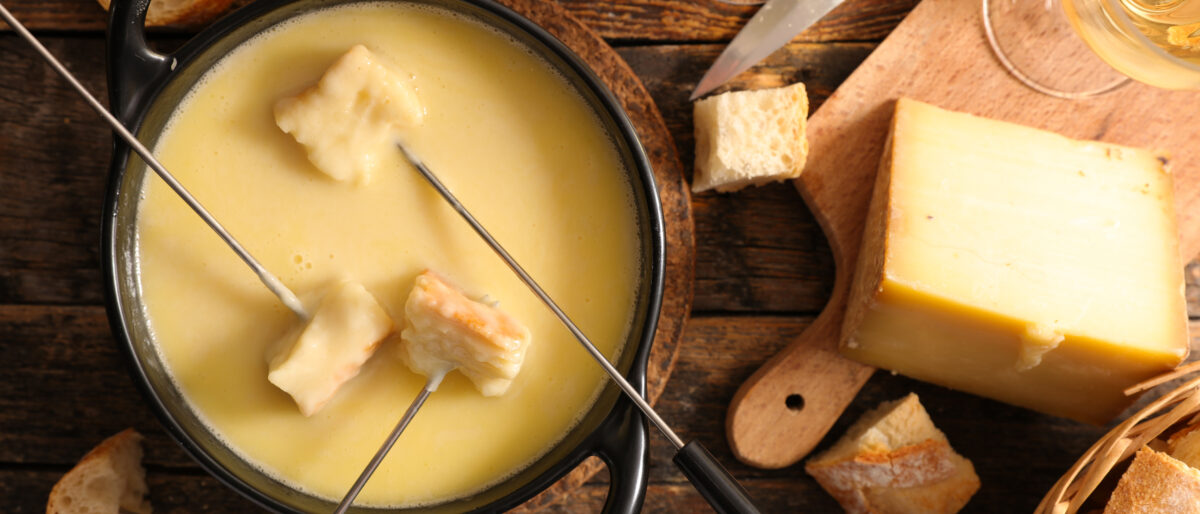
Switzerland: {Schweiz}
The Swiss Food System
Although agriculture supplies food for Swiss people and makes enhances the appeal of the landscape, attracting more tourism, the sector only contributes up to 1% to Switzerland's GDP, which is very low compared to other European countries.
The sector employs 160,000 people across approximately 48,000 farmers, managing an area of 22 hectares of land for each farm. These numbers have significantly decreased since 1996 where the sector employed over 200,000 people across 80,000 farmers.
Currently, two thirds of farmers specialise in livestock farming, Cattle raising is very popular in Switzerland, being the countries primary agricultural pursuit. The income from dairy and cattle amounts to more than two-thirds of all agricultural value. The remaining 1 third of the land is devoted to production of grains, fodder, vegetables, fruits, and vineyards. There have been changes in the way land is farmed due to government incentive schemes encouraging a switch from intensive to extensive farming, resulting in a positive change which now shows that one in six farms is organic.
One of EIT Food's main tasks is to bring innovation, especially around food production and agriculture, to the market more quickly with the help of start-ups and thus to make the food system healthier and more sustainable together with SMEs.

There are 400 different Swiss products officially recognised as part of Switzerland's culinary heritage, such as Gruyère cheese, longeole sausage and Basler Läckerli biscuits.
Latest EIT Food Switzerland news
On the blog
More blog articles

Reformulating with the community in mind
Discover the EIT Food partners in this region


Innovation projects
View all projects
Resilient Agriculture Think & Do Tank























